Not my usual post, but it’s on a topic I have spoken about often. If you enjoy it, hit the ❤️ “Like” (or subscribe) button to help others find it.
Mary Eastey wasn’t supposed to die. A respected woman, until one nightmare turned her into a witch. Not evidence, outrage killed her.
Mercy Lewis claimed Eastey's ghost crept into her bed and tried to strangle her1. Eastey fought back: "I never complied with Satan, but prayed against him all my days."2
It didn’t matter.
Released once, re-arrested on fresh hysteria, she was executed on September 22, 1692. Her final words: "I am innocent, and truth will clear my name."3

Mary was one of many victims of the Salem witch trials, a frenzy where fear trumped facts and suspicion became a death sentence.
It might feel like ancient history, but witch hunts never really ended. They just moved online.
India’s Got Latent: A Modern-Day Witch Trial
Fast forward 300 years. The stakes are lower, but the outrage machine still runs hot. The latest witch trial? A YouTube “talent” show.
India's Got Latent, a YouTube series hosted by comedian Samay Raina, started its final episode like any other - participants chatting, jokes flying, internet fluff.
But one question changed everything.
Ranveer Allahbadia, better known as BeerBiceps, a self-help influencer peddling fake spirituality and conservative ideologies under the garb of “culture”, asked a contestant:
Would you rather watch your parents have sex every day for the rest of your life or join in once to make it stop forever?
Cue digital wildfire. FIRs sprang up across Mumbai, Guwahati, Jaipur, accusing the show's hosts and guests of promoting obscenity. Threats followed. Apologies flowed. Videos vanished. Careers destroyed.
A tasteless joke got told. The media responded like someone declared war.
Then, the Supreme Court of India stepped in, faster than it usually does4.
Ranveer was banned from posting on social media, and the judges made it clear: tasteless? Sure. Illegal? No. Context, intent, artistic expression, those mattered more than personal offence.5
But you wouldn’t know that if you only watched the news. Outrage sells faster than gossip at a family wedding, and the media was already in overdrive; headlines screeched, panelists shouted, and the Court's judgment barely made the news ticker.
The public had spoken: BeerBiceps was guilty, the verdict sealed, and like Salem, the accusation was the only proof needed.
Here’s the ridiculous part:
I don’t like the show, most people don’t.
I don’t like the joke, most people didn’t.
I am not even a fan of BeerBiceps, most people aren’t.
But somehow, we have reached a point where I am discussing (and writing about) people I would usually scroll past, because when the Supreme Court is weighing in on YouTube banter while real issues pile up, the joke isn't the punchline. The outrage is.
The Real Witch: News Media
How did a crass joke become a national headline? Besides the government’s digital censorship agenda6, the real accelerant was the news media.
Like Salem, outrage fuelled by 24/7 news cycles now decides guilt. The media doesn’t just report, it shapes the story, truth optional.
I have circled this topic before (here, here, and here), but this time, I am done skimming the surface. This article pins down the problem, once and for all.
🎭 Built to Mislead: Why the News Feeds Your Worst Fears
As local news fades, national outlets thrive on pessimism. Why? Because bad news sells. It's by design: a house fire makes headlines; a house standing safely does not.7
Ordinary doesn’t trend, extraordinary does, even if it's misleading.
The result? A warped view of reality, where the world seems like it's perpetually falling apart, one notification at a time.
News doesn’t just report events, it repackages them for maximum emotional impact. The goal isn't to inform but to provoke: fear, anger, outrage8.
Bad news gets more attention than good news because pessimism is seductive and feels more urgent than optimism.
— Morgan Housel, Same As Ever
A story about a plane landing safely? Ignored. A story about turbulence? Front page. It's why scrolling through headlines feels less like staying informed and more like surviving an anxiety attack (read about Van Restorff Effect).
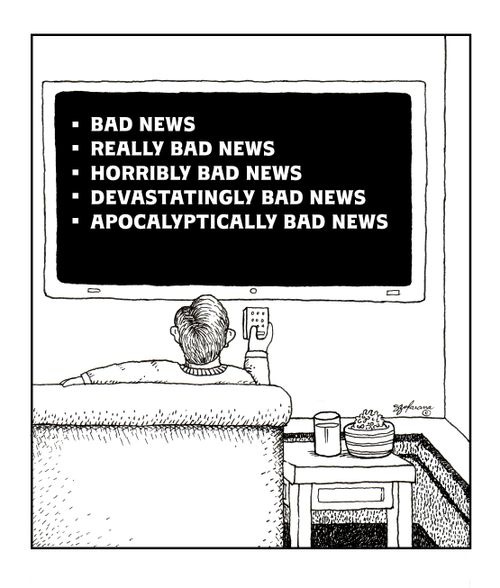
The quieter truths, the ones that show progress, resilience, or complexity, rarely make the cut. They are too dull, too slow, too inconvenient for the business of attention.
And that's the point: the news doesn’t reflect reality. It reflects whatever keeps you glued to the screen, convinced the world is perpetually on the brink of collapse.
🥸 The Intellectual Farce: News or Noise?
Think news makes you smarter? It’s the opposite.
Nassim Taleb, in his book Antifragile, calls it "noise" posing as information. Rick Rubin in his book, Creative Act, put it best: Read classics for a year instead of news, and you’ll better recognize greatness.
As Jodie Jackson puts it in her book, You Are What You Read, think of it this way:
🥦 Broccoli: Books, academic papers, well-researched articles; hard to digest but nourishing.
🤢 Deep-Fried Broccoli: News and social media; crispy, addictive, but devoid of real value.
🪞 Biases at Play: How Media Warps Reality
News isn't just negative, it's skewed. Biases creep in, shaping how we perceive the world.
Here’s how they show up:
🟥 Negativity Bias: Crime, corruption, disaster; negative headlines get more clicks, even if positive trends outweigh them.
⚡ Availability Heuristic: We judge the likelihood of events based on how easily examples come to mind. One shark attack makes people avoid beaches, even if the odds are 1 in 3.7 million.9
🔄 Confirmation Bias: Conservatives watch Fox News. Liberals watch CNN. In India, all channels dance to the ruling party's tune. Each leaves viewers “informed” but polarised.
🖼️ Framing Effect: The way news articles are framed, play a huge role. Look at climate change. In An Inconvenient Truth, Al Gore framed it as "truth" versus "denial". Media outlets echoed this narrative, giving more airtime to skeptics than scientists, even though only 10% of Americans dismiss climate change outright. The middle ground, the cautiously concerned, the undecided, simply vanished.10
Sound familiar? That’s exactly what happened with India's Got Latent. Most found the joke crass but forgettable, but the media ignored that. They covered the outrage, turning it into another binary: defenders vs. critics, culture vs. corruption, freedom vs. offence. The middle ground, those quietly rolling their eyes and moving on, vanished entirely.
It’s the same playbook for every issue, immigration, education, public health, gun violence, and so on.
Oversimplification fuels division, while nuance gets pushed aside like an unread notification. Because nuance doesn’t sell. Outrage does!
📢 Profit Over Truth: When Journalism Becomes PR
Modern journalism prioritises engagement over information.
Social media hasn’t just challenged traditional news, it’s redefined it. Once powered by subscriptions, newsrooms now depend on advertisers, the very entities they should scrutinise. As legacy publications shrink, branded content and influencer-driven reporting rush to fill the gaps.
It’s no wonder Gen Z struggles to distinguish journalism from PR.
Example: A tech influencer reviewing a smartphone while quietly sponsored by the brand - is it journalism or marketing?
And who are the biggest sponsors? In India, it’s often conglomerates aligned with the government11. It’s the classic "never ask a barber if you need a haircut" scenario. Why challenge those signing the checks?
The result? Truth takes a back seat to engagement. Outrage gets clicks. And instead of holding power accountable, the media ends up reinforcing it.
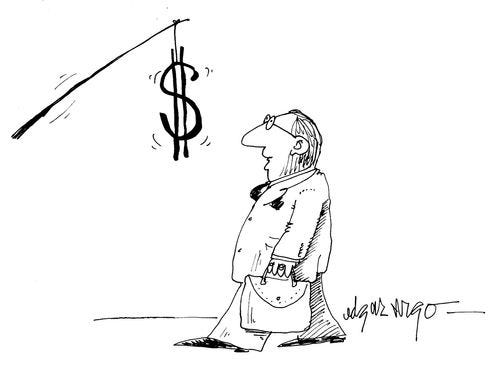
Conclusion: Unplug from the Noise
The Salem trials weren’t about witches. They were about fear and control. India’s Got Latent isn’t about morality; it’s about outrage and media hungry for views.
Strip away the noise, and it's the same old story: panic sells, truth suffers.
News media is the modern-day witch hunter; amplifying anger, deepening divides, and pushing narratives that serve vested interests.
The solution isn’t more consumption but conscious consumption. Skip the deep-fried broccoli. Read books. Seek nuance. Embrace complexity.
Or, as Mary Eastey might say today: "I am innocent, and truth will clear my name."
🚨 Enjoyed what you read? Sign up for my newsletter to get similar actionable insights delivered to your inbox.
Pssttt… you will also get a copy of my ebook, Framework for Thoughts, when you sign up!
As an Amazon Associate, tapandesai.susbtack.com earns commission from qualifying purchases.
Rephrased from the Right to Petition: The Case of Mary Easty.
As of January 2024, the Supreme Court of India had 80,221 pending cases, a slight decrease from the 80,439 cases at the end of December 2023 - source.
The whole controversy rephrased from YouTuber's 'dirty' comments spark massive row in India.
I read about this in Adam Grant’s Think Again.
Top spender on ads in India. Funnily, the ruling party has spent over INR611 crores on media ads.





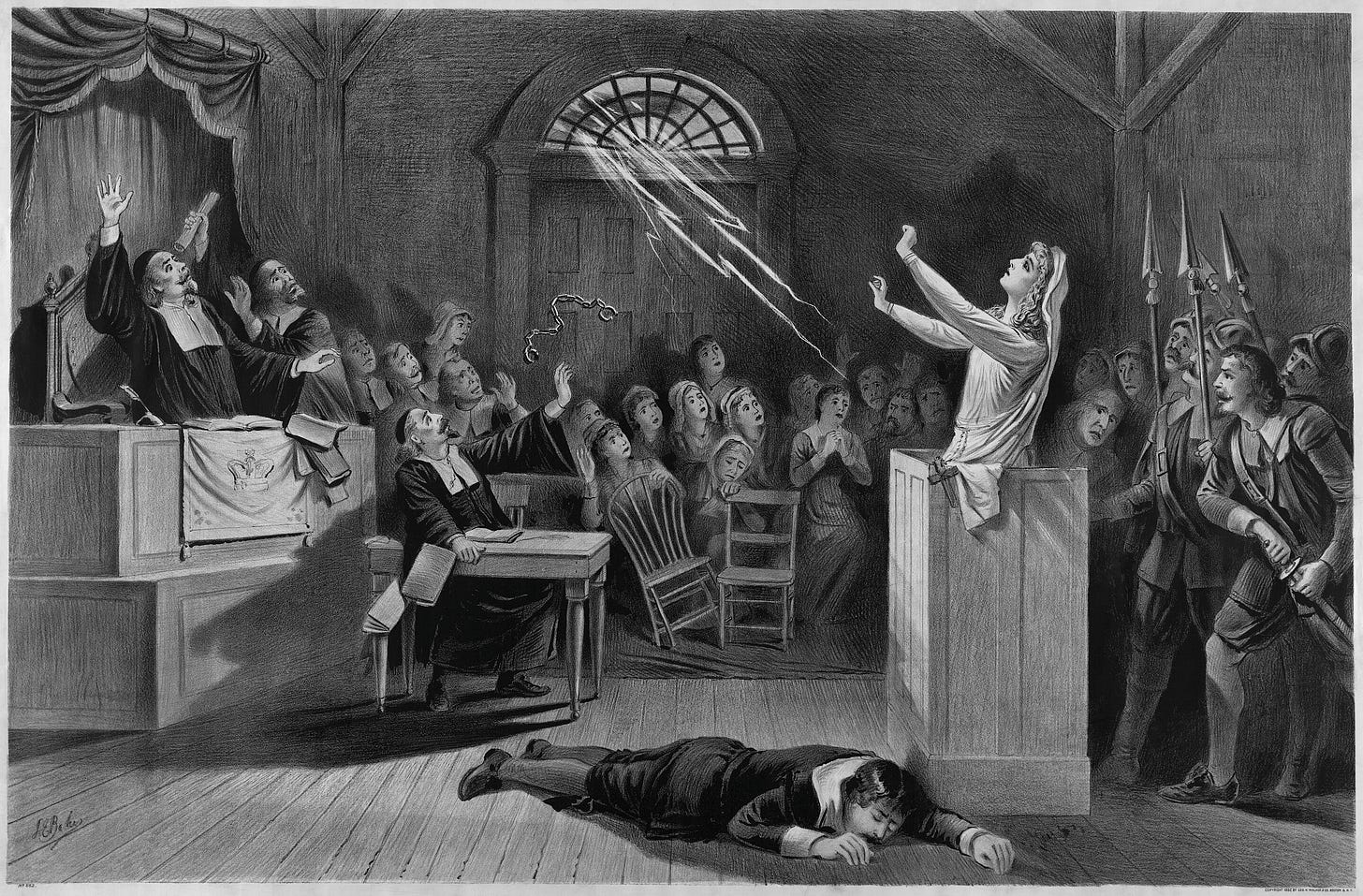
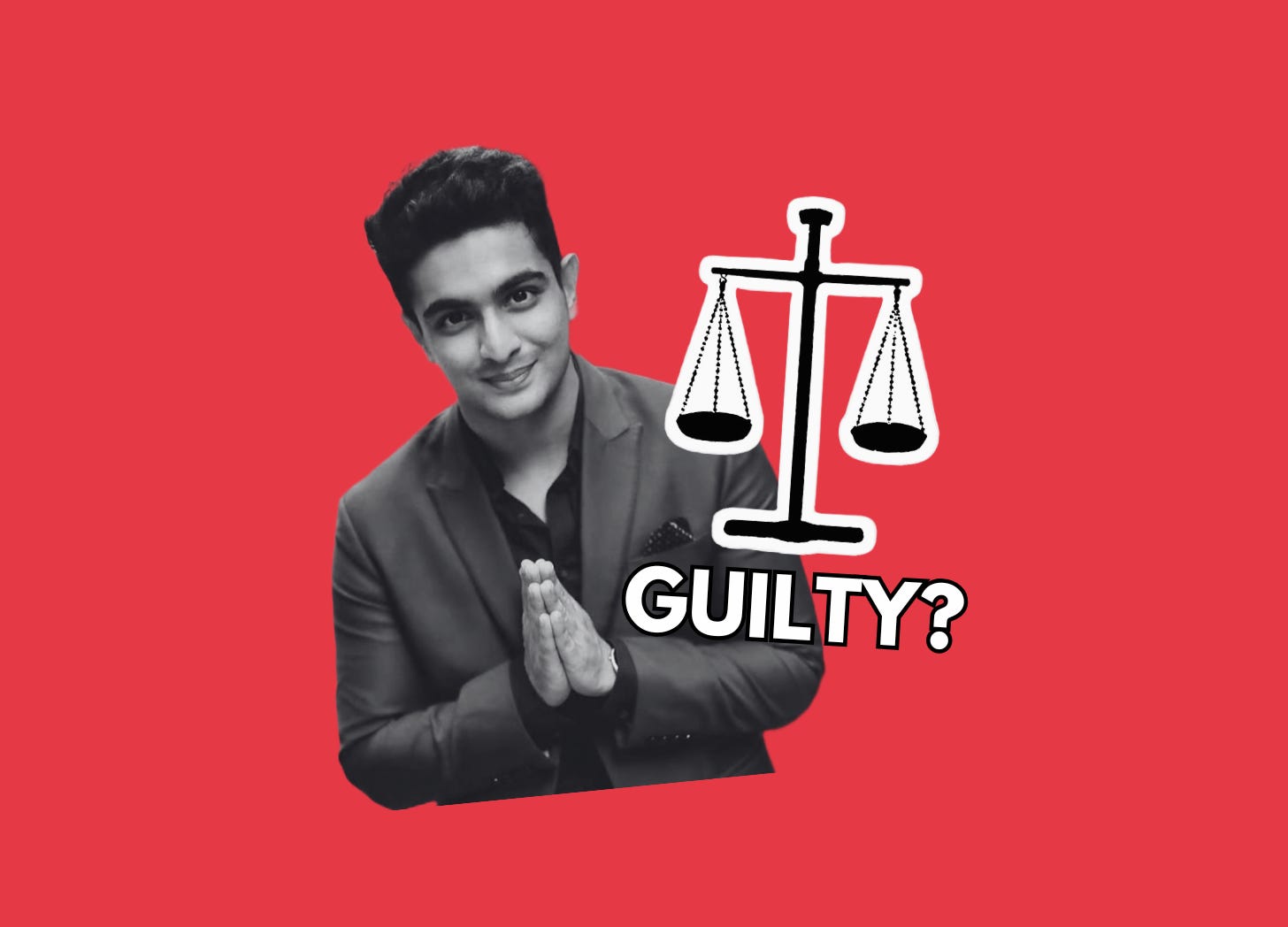
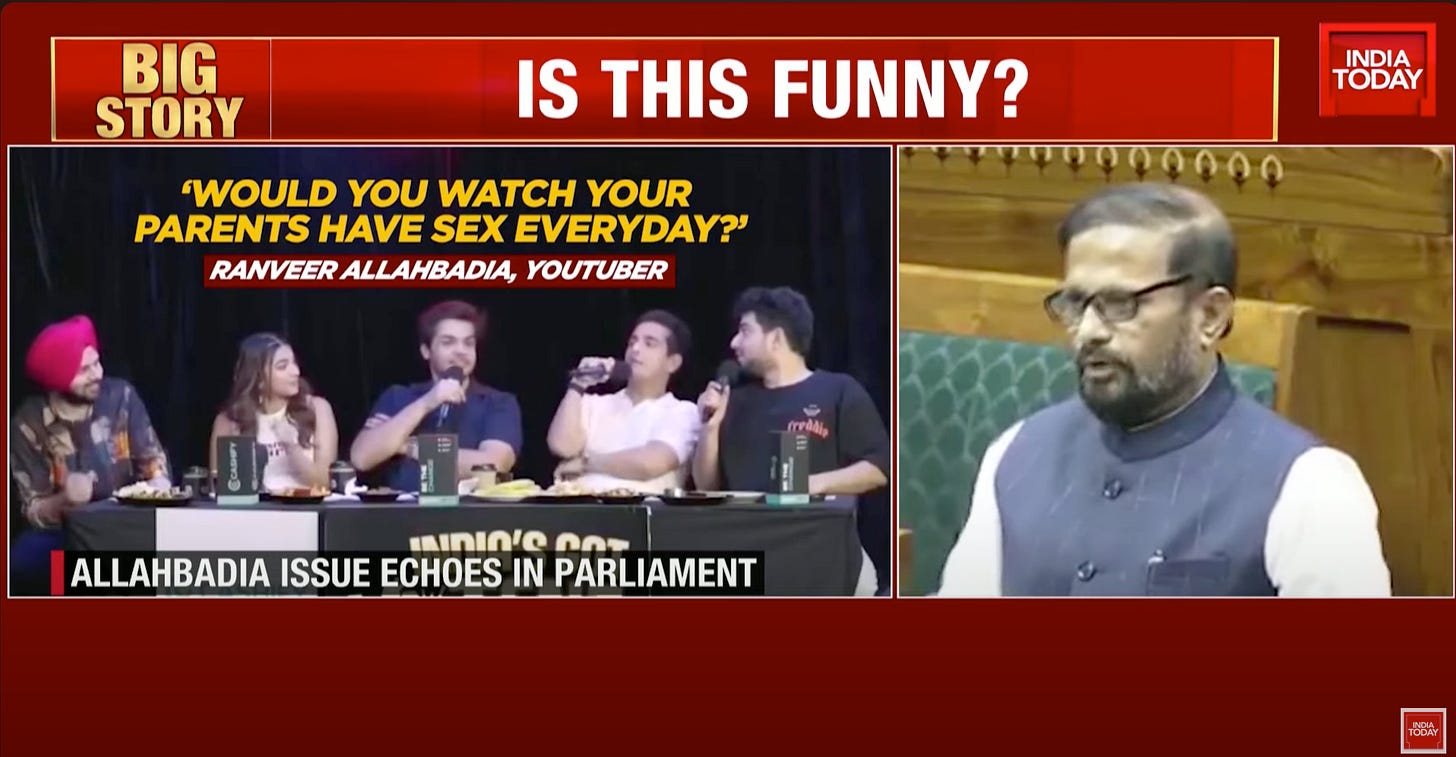
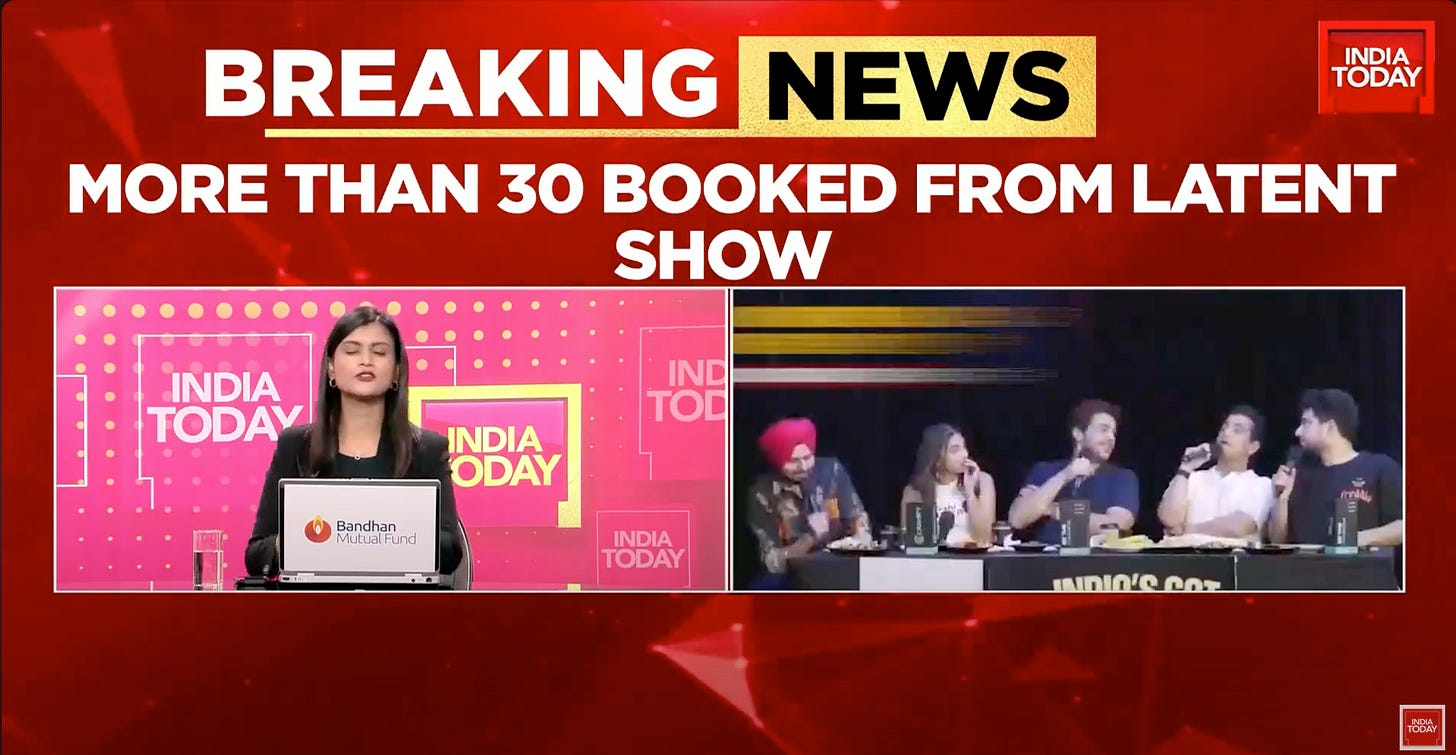
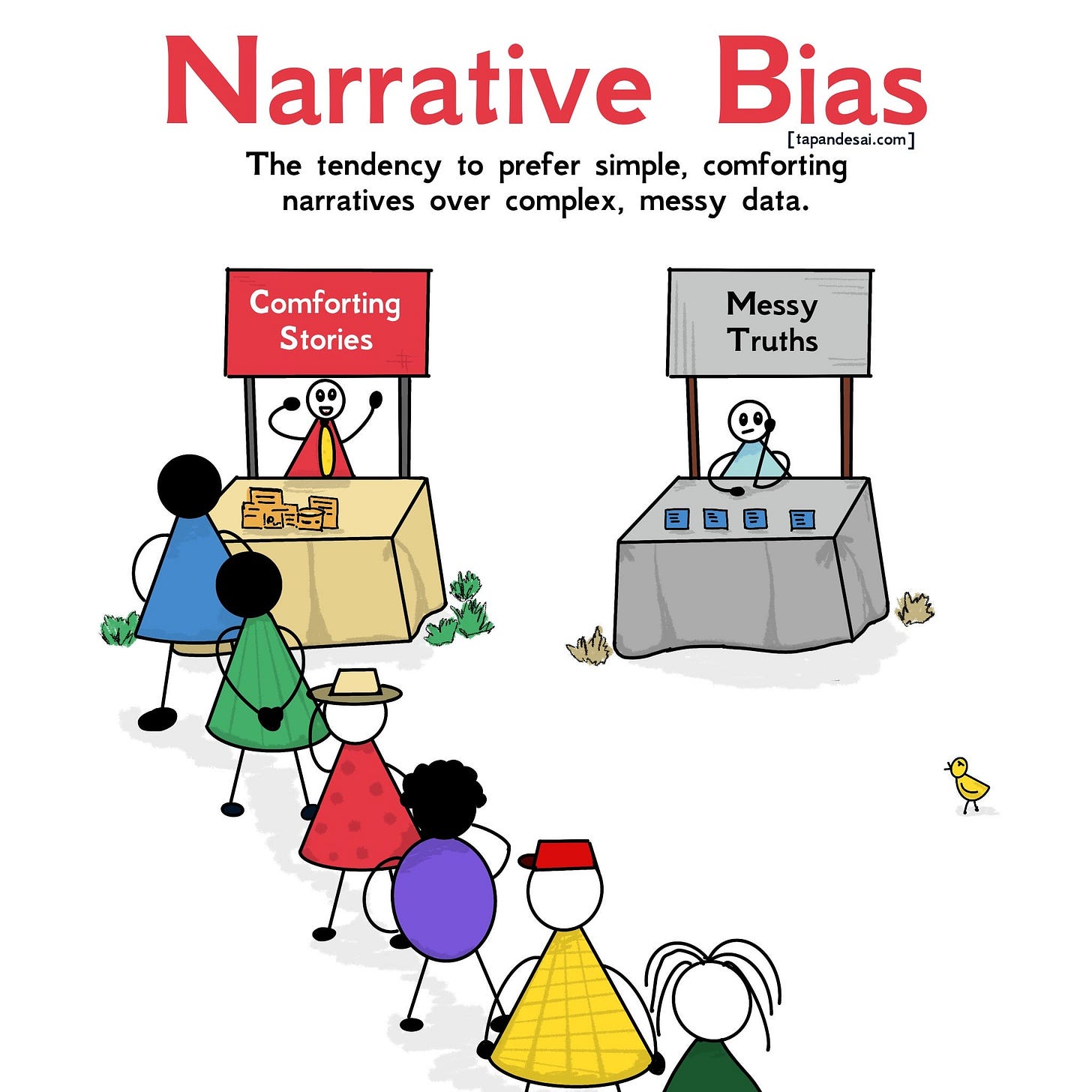
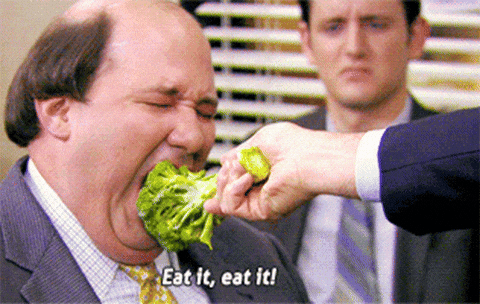
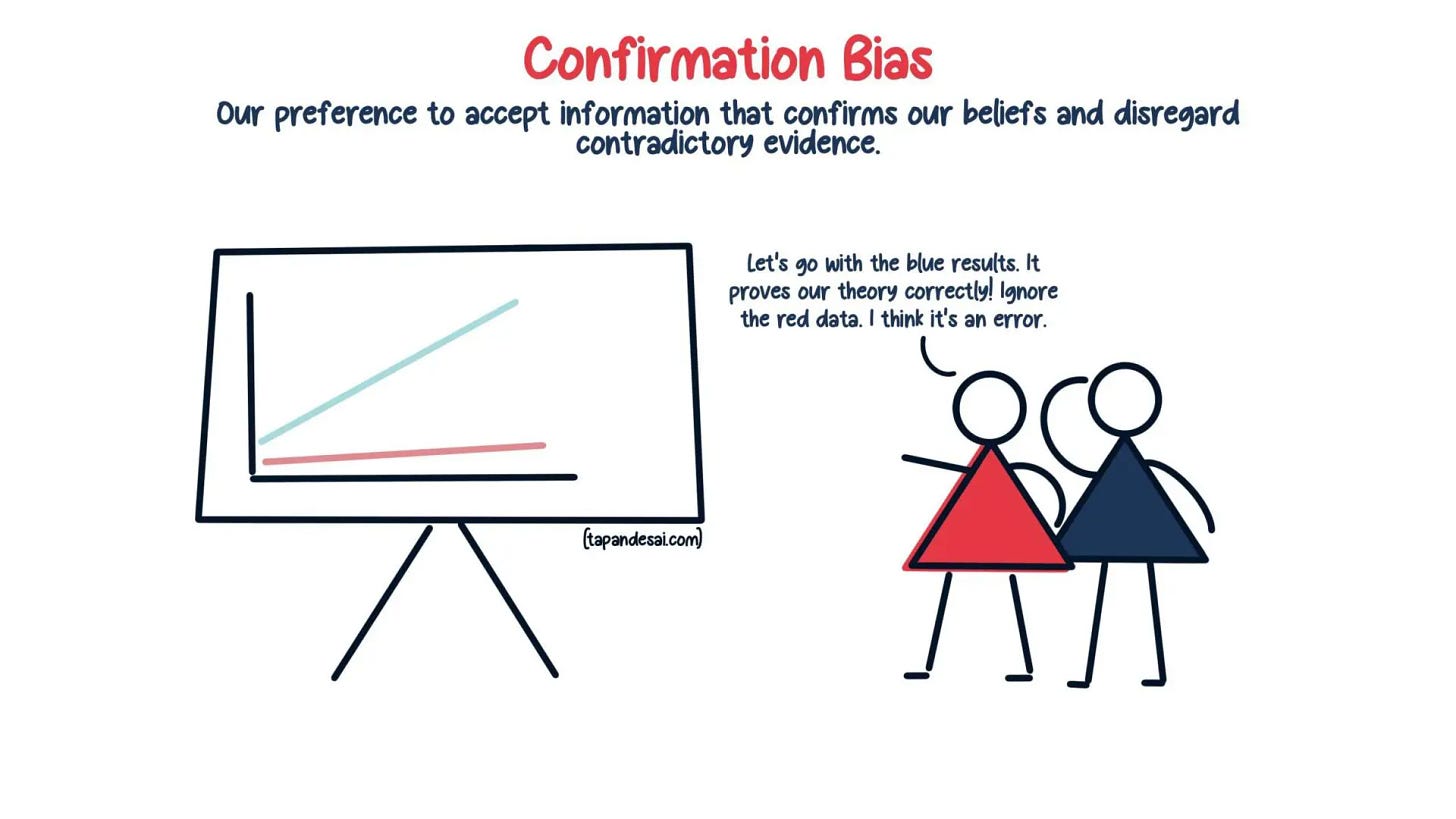


A humble request -- this new format worked really well for me. I loved it.
You started from a damn good reference point and pivoted it to a highly relevant point and concluded with a typical Tapan Desai touch.
Even if no one is vocal about it -- please write more such articles. I'll read them :)